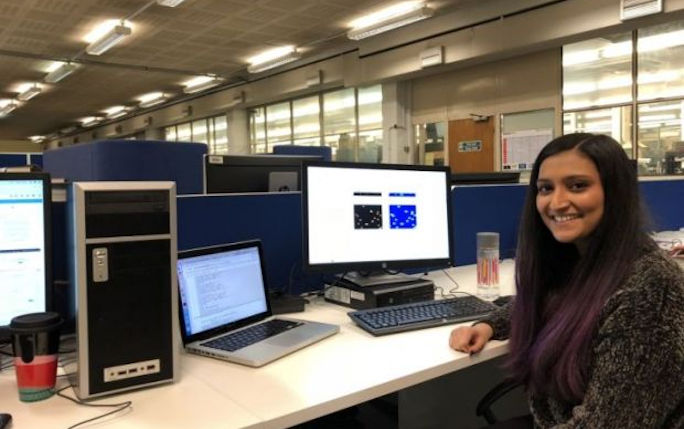Women in STEM: improving diversity in physics

Selina Dhinsey always knew that she would have a career in science and now, as a physics PhD student, she is working to help achieve equality in her field.
“What do you want to be when you grow up?” It’s a question asked many times throughout the early stages of our lives by just about everyone in a young person’s circle: parents, teachers and friends. It is often the ambitions and dreams we carry that shape our choices and daily decisions, setting us on our individual paths. But what if you don’t know what you want to be?
This was the case for me throughout high school. I’ve always preferred the sciences, and maths was my favourite subject from primary school through to A level. But when asked the dreaded “career question”, I didn’t have a concise answer – just that I’d probably end up in a scientific field. So on that basis, I decided to study biology, chemistry, physics and maths at A level.
Through high school and sixth form, I didn’t really experience the biases and inequality we are familiar with today.
Growing up in Wolverhampton meant that I interacted with a diverse range of people, including the students at school. My classes had about equal numbers of male and female students and, most surprisingly, my small A-level physics class consisted of three female students and three male students.
After arriving at the University of Liverpool in September 2013 to begin my physics degree, I soon began to notice that there were few students like me: female and of Punjabi, Indian heritage. My grandparents grew up without the opportunity to go to school, which made the importance of the opportunity I enjoyed even greater.
I’m now in the second year of my PhD within LIV.DAT, and I absolutely love my project. I work on understanding the physics and biology that underpins the comet assay, a technique that is used to determine the level of damage caused to the DNA of cells. This will help to determine which radiotherapy techniques are better in killing cancer cells.
To find out more, please read the full blog: https://www.timeshighereducation.com/student/blogs/women-stem-improving-diversity-physics